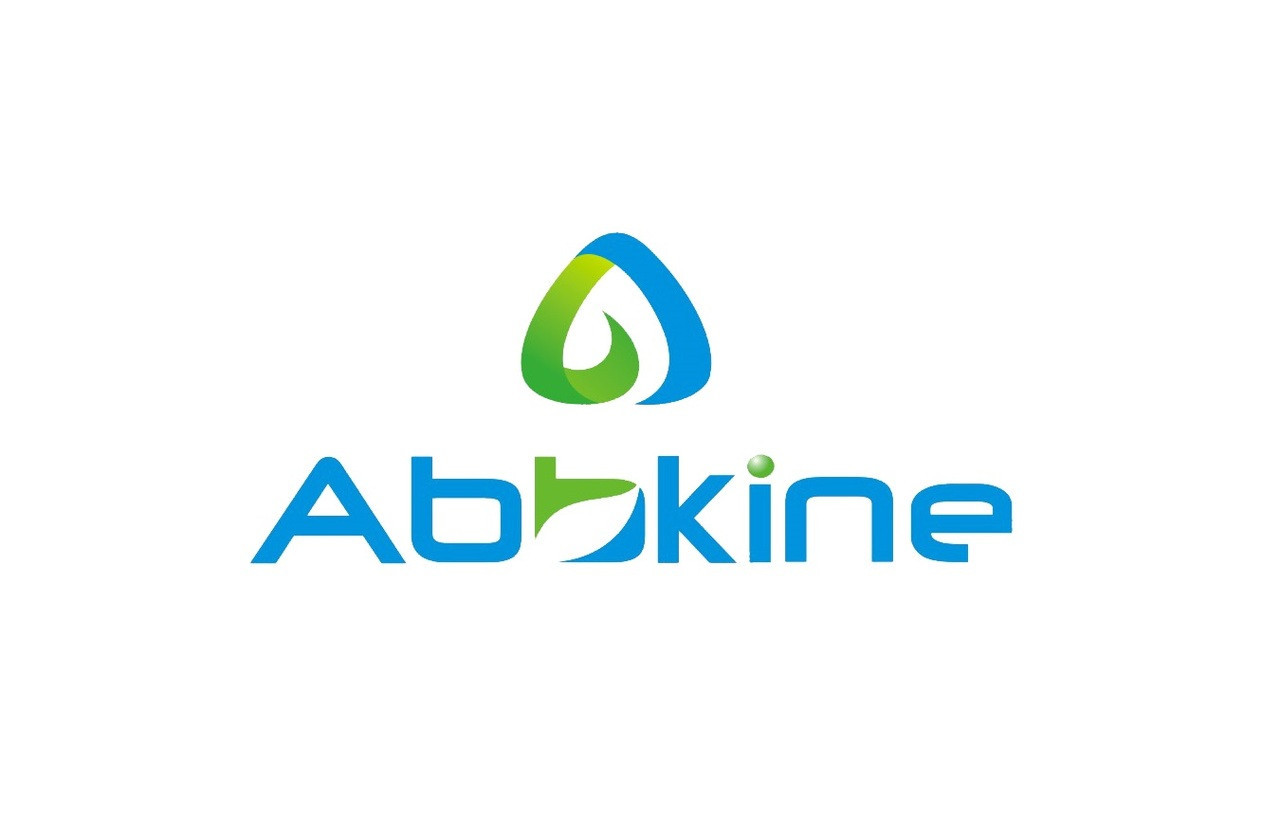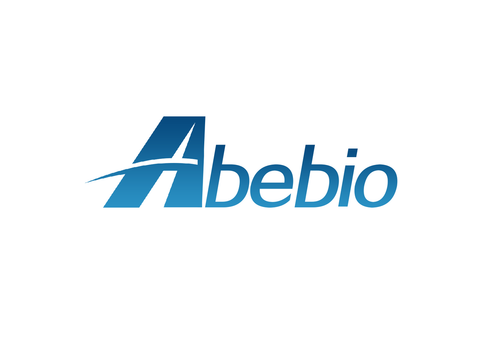Product Description
Mouse Phosphatidylinositol antibody IgG/IgM (PI Ab-IgG/IgM) ELISA Kit | KTE71518 | Abbkine
Application: This Mouse Phosphatidylinositol antibody IgG/IgM (PI Ab-IgG/IgM) ELISA Kit employs the competitive enzyme immunoassay technique. The microtiter plate provided in this kit has been pre-coated with an antibody specific to PI Ab-IgG/IgM. Standards or samples are then added to the appropriate microtiter plate wells with a Horseradish Peroxidase (HRP) -conjugated PI Ab-IgG/IgM and incubated. The competitive inhibition reaction is launched between with HRP labeled PI Ab-IgG/IgM and unlabeled PI Ab-IgG/IgM with the antibody. A substrate solution is added to the wells and the color develops in opposite to the amount of PI Ab-IgG/IgM in the sample. The color development is stopped and the intensity of the color is measured.
Detection Method: Colorimetric
Conjugate: N/A
Sample Type: Cell culture supernatants#Serum#Plasma#Other biological fluids
Assay Type: Multiple steps standard sandwich ELISA assay with a working time of 3-5 hours. It depends on the experience of the operation person.
Kit Component: • Mouse Phosphatidylinositol antibody IgG/IgM microplate
• Mouse Phosphatidylinositol antibody IgG/IgM standard
• Mouse Phosphatidylinositol antibody IgG/IgM detect antibody
• Streptavidin-HRP
• Standard diluent
• Assay buffer
• HRP substrate
• Stop solution
• Wash buffer
• Plate covers
Features & Benefits: Mouse Phosphatidylinositol antibody IgG/IgM (PI Ab-IgG/IgM) ELISA Kit has high sensitivity and excellent specificity for detection of Mouse PI Ab-IgG/IgM. No significant cross-reactivity or interference between Mouse PI Ab-IgG/IgM and analogues was observed.
Calibration Range: Please inquire
Limit Of Detection: Please inquire
Usage Note: • Do not mix components from different kit lots or use reagents beyond the kit expiration date.
• Allow all reagents to warm to room temperature for at least 30 minutes before opening.
• Pre-rinse the pipet tip with reagent, use fresh pipet tips for each sample, standard and reagent to avoid contamination.
• Unused wells must be kept desiccated at 4 °C in the sealed bag provided.
• Mix Thoroughly is very important for the result. It is recommended using low frequency oscillator or slight hand shaking every 10 minutes.
• It is recommended that all samples and standards be assayed in duplicate or triplicate.
Storage Instruction: The unopened kit should be stored at 2 - 8°C. After opening, please store refer to protocols.
Shipping: Gel pack with blue ice.
Precaution The product listed herein is for research use only and is not intended for use in human or clinical diagnosis. Suggested applications of our products are not recommendations to use our products in violation of any patent or as a license. We cannot be responsible for patent infringements or other violations that may occur with the use of this product.
Background: Phosphatidylinositol is a negatively charged phospholipid and a minor component in the cytosolic side of eukaryotic cell membranes.The inositol can be phosphorylated to form phosphatidylinositol phosphate (PIP), phosphatidylinositol bisphosphate (PIP2) and phosphatidylinositol trisphosphate (PIP3) . With inositol in the fermentation medium, phosphatidylinositol (PI) content was increased, while phosphatidylcholine (PC) and phosphatidylethanolamine (PE) were decreased. When yeast cells had a higher content of PI, they produced ethanol much more rapidly and tolerated higher concentrations of ethanol. During ethanol shock treatment at 18% (v/v) ethanol, yeast cells with a higher concentration of PI lost their viability much more slowly than those with a lower concentration of PI, indicating that the PI content in these yeast cells can play an important role in ethanol production and ethanol tolerance.
Alternative Names: PI Ab-IgG/IgM
Search name: PI Ab-IgG/IgM
Tag: PI Ab-IgG/IgM
 Euro
Euro
 USD
USD
 British Pound
British Pound
 NULL
NULL








